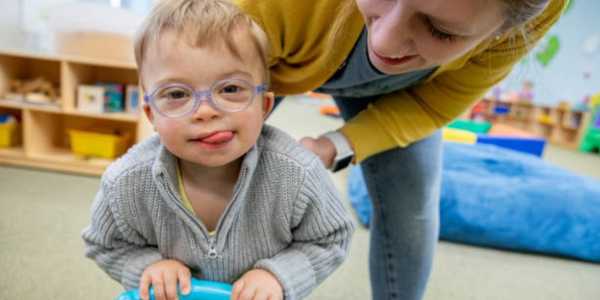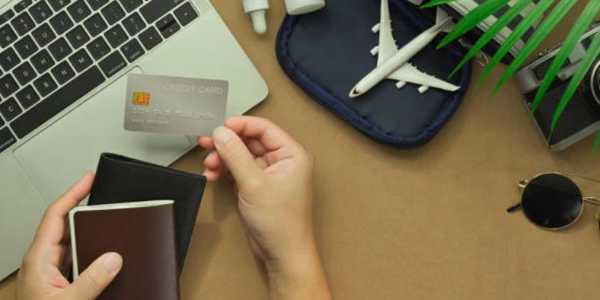Potty Training Made Easy: A Step-By-Step Guide For Parents
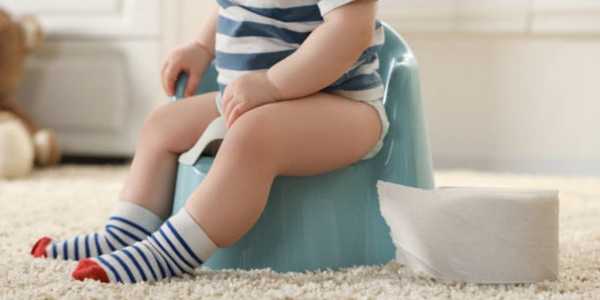
Raising a child comes with many milestones. One of the biggest is potty training. Many parents fear this stage because it feels messy, frustrating, and never-ending. However, the truth is that any family can handle potty training if they know what to expect and how to proceed.
Know When The Child Is Ready
Parents must understand that potty training is not a magic solution. It does not happen overnight. It is a skill children learn with practice, patience, and clear rules. Some children learn fast, others take time. That is normal.
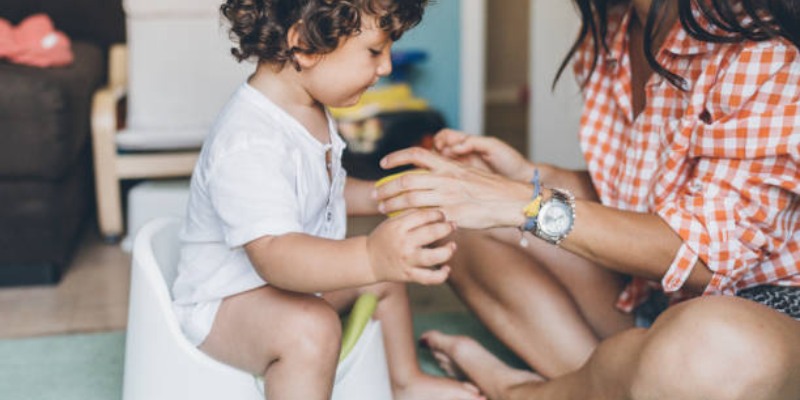
Parents should also know that pulling or forcing a child to use the potty before they are ready will only make things more complicated. No child wants to be rushed when they are not prepared. No parent wants to clean up extra accidents either. So the best place to start is knowing when a child is prepared.
One of the first steps is watching for signs. Most children start potty training between 18 and 36 months. Some show signs earlier, while others show signs later. Look for these signs:
Staying dry for at least two hours at a time
Knowing when they are peeing or pooping
Hiding when doing it in the diaper
Showing interest in wearing underwear
Following simple instructions
Trying to pull pants up or down
When these signs appear, parents can begin to take action.
Get The Right Supplies
Parents should invest in good potty training tools. A child-size potty chair is essential. Some parents prefer a potty seat that fits on a regular toilet—both work. Choose the one that feels safe for the child.
Have easy-to-remove clothes. Pants that pull down fast help prevent accidents. Additionally, consider purchasing training pants or pull-ups for trips outside the home. Many parents also keep wet wipes nearby for easy clean-up.
Some parents use reward charts. Stickers or small treats can motivate some children, but they are not the only way to do so. Praise and claps are also rewards.
Set a Routine And Stick To It
Routine plays a significant role in potty training. Parents can make the child sit on the potty after meals, before naps, and before bedtime. Eating and drinking wake up the bowels, so sitting after meals helps.
Children should not sit too long. Five minutes is enough. If nothing happens, do not scold. Just try again later. Children will learn that the potty is part of daily life.
If there is an accident, clean it up calmly and carefully. Yelling or punishing does not help. Children may connect the potty with fear, which can slow their progress.
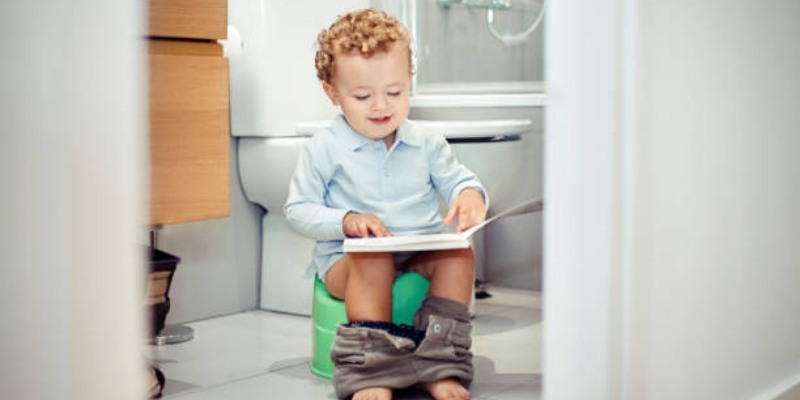
Teach Good Bathroom Habits
Teach the child to wipe from front to back to prevent infections. Teach children to wash their hands properly with soap and water every time they use the toilet. Parents should wash their hands, too. Good hygiene is as essential as using the potty.
Parents should also show children how to use the toilet properly and maintain a clean bathroom. Many families overlook these small steps, but they are essential.
Handle Nighttime Training
Many children master daytime potty training before they master nighttime potty training. Staying dry all night takes longer because it depends on the child's body. Parents can limit drinks before bedtime. They can also use waterproof mattress covers.
Some parents wake children once during the night to use the potty. Others wait until the child naturally learns to stay dry. Both ways are fine. Do not worry if accidents happen at night. This is normal and usually ends by age 5 to 7.
Be Patient With Setbacks
It is normal for a trained child to have accidents, especially when they are sick, stressed, or adjusting to new situations, such as starting school or having a new sibling. Parents should not see this as a failure. Stay calm, remind the child gently, and keep the routine.
If a child refuses to use the potty for an extended period or exhibits pain during urination, consult a doctor. Sometimes medical issues can delay potty training.
Common Mistakes Parents Make
Parents often compare their child to other kids. Every child learns at their speed. Comparing adds Stress to both the parent and the child. Some parents push their children too fast. Others punish accidents harshly. These steps backfire.
Parents must also be wary of myths. There is no perfect age to train. Some say boys train later than girls, but that is not always true. Some say expensive gadgets do the job, but no gadget trains a child alone. Routine, patience, and clear steps do.
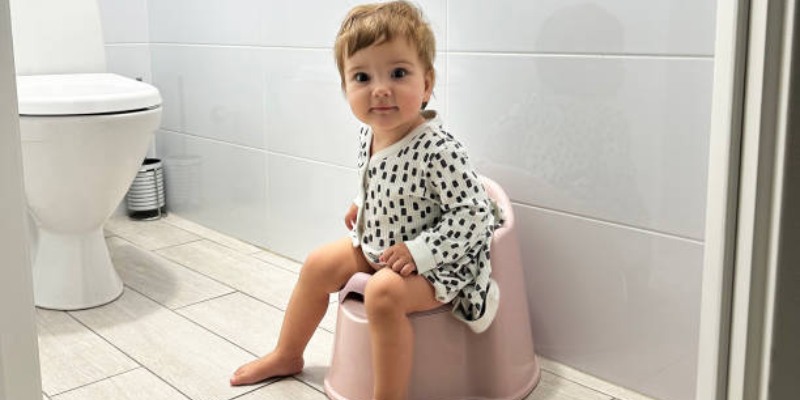
When To Ask For Help
Most healthy children learn potty skills within 3 to 6 months of steady training. If a child is over four and still not trained, or has pain or fear of the toilet, parents may want to talk to a paediatrician.
Doctors can check for infections, constipation, or other conditions that may be affecting a child's development. It is better to check early than to wait too long.
Keeping Potty Training Positive
Potty training is a significant milestone for both parents and children. Staying positive makes it easier. Celebrate small wins. Use words, claps, or small rewards. Do not shame or blame when accidents happen. Praise helps more than punishment.
Families who remain calm and patient tend to see better results. A child who feels safe learns faster.
Children want to please. They like praise. They love feeling like a “big kid.” When they do, they will surprise everyone.


